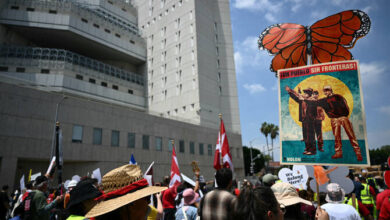The Indian Ministry of Defence has transferred the authority to address illegal content related to the military on social media platforms to the armed forces.
According to Indian media reports, the move allows the military to act more swiftly against online material that it deems unlawful.
To facilitate this new role, a senior military officer from the Additional Directorate General of Strategic Communication has been appointed as the “nodal officer.”
This official will now be able to issue notices to social media platforms under Section 79(3)(b) of the Information Technology Act, requesting the removal of content pertaining to the Indian Army.
Previously, the Indian Army relied on the Ministry of Electronics and Information Technology (MeitY) to manage the removal of unlawful content, a process that often took considerable time.
According to India media, a source within the army said that the new directive allows for quicker responses to misinformation, particularly from accounts believed to be linked to hostile entities.
“This notification enables the ADG (strategic communication) to identify cases of unlawful content and issue notices directly to intermediaries. After that, it’s up to the companies to determine their course of action,” the source explained
The move aims to streamline the process for addressing content that affects national security and the army’s image.
The military can now flag issues directly to social media companies without relying on intermediaries, expediting responses to immediate threats.
Under Section 79 of the IT Act, intermediaries can claim safe harbour protections from liability for third-party content, but this protection is revoked if they fail to act upon notice from an appropriate government authority.
Despite the new power to issue takedown notices, reports indicate that no new requests have been sent since the October 24 notification.
Legal experts have previously raised concerns about the ambiguity surrounding Section 79(3)(b), suggesting it creates a complex landscape regarding who can direct content removal and the reasons behind it.







